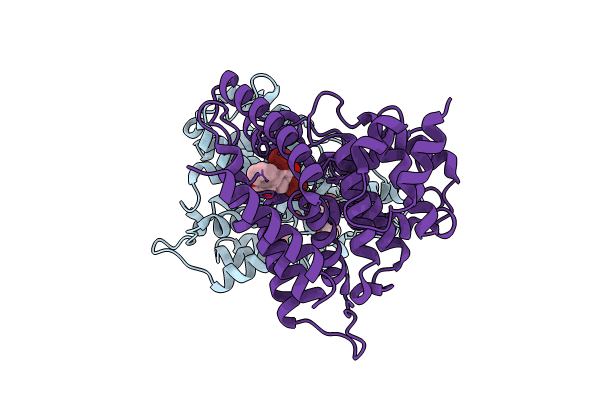
Deposition Date
2023-07-18
Release Date
2023-11-22
Last Version Date
2023-11-22
Method Details:
Experimental Method:
Resolution:
1.95 Å
R-Value Free:
0.27
R-Value Work:
0.24
R-Value Observed:
0.24
Space Group:
P 21 21 21


